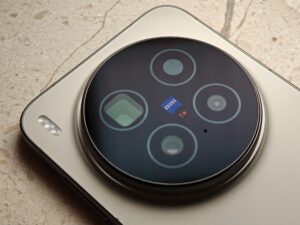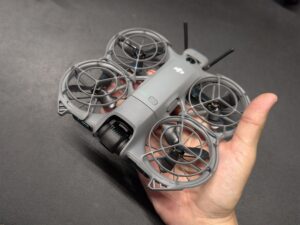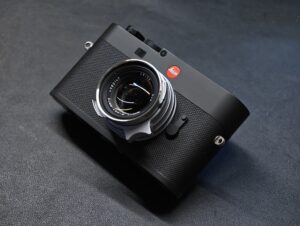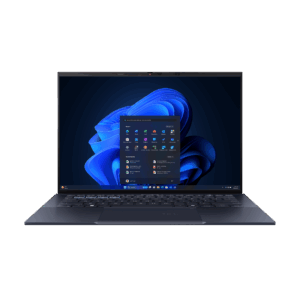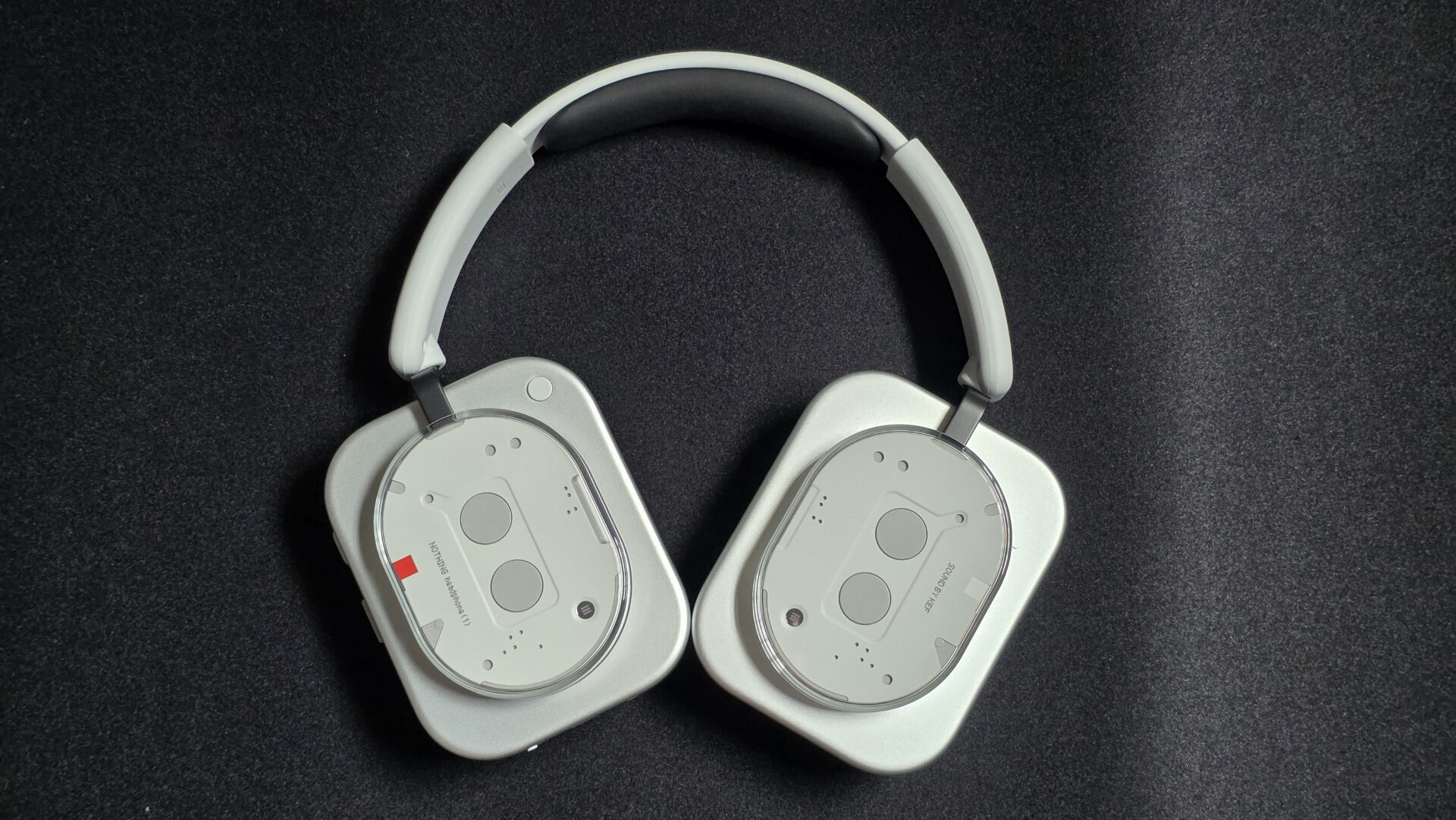
Introduction
The strikingly-named smartphone maker, Nothing, has made a couple of “true wireless” earbuds and now the Headline (1) headphones are its first set of over-ear offerings. Costing S$399, the headphones are tuned by British audiophile firm KEF, feature IP52 water resistance, and promise 35-hour battery life with active noise cancellation. We recently checked out how the package sounded.
Design
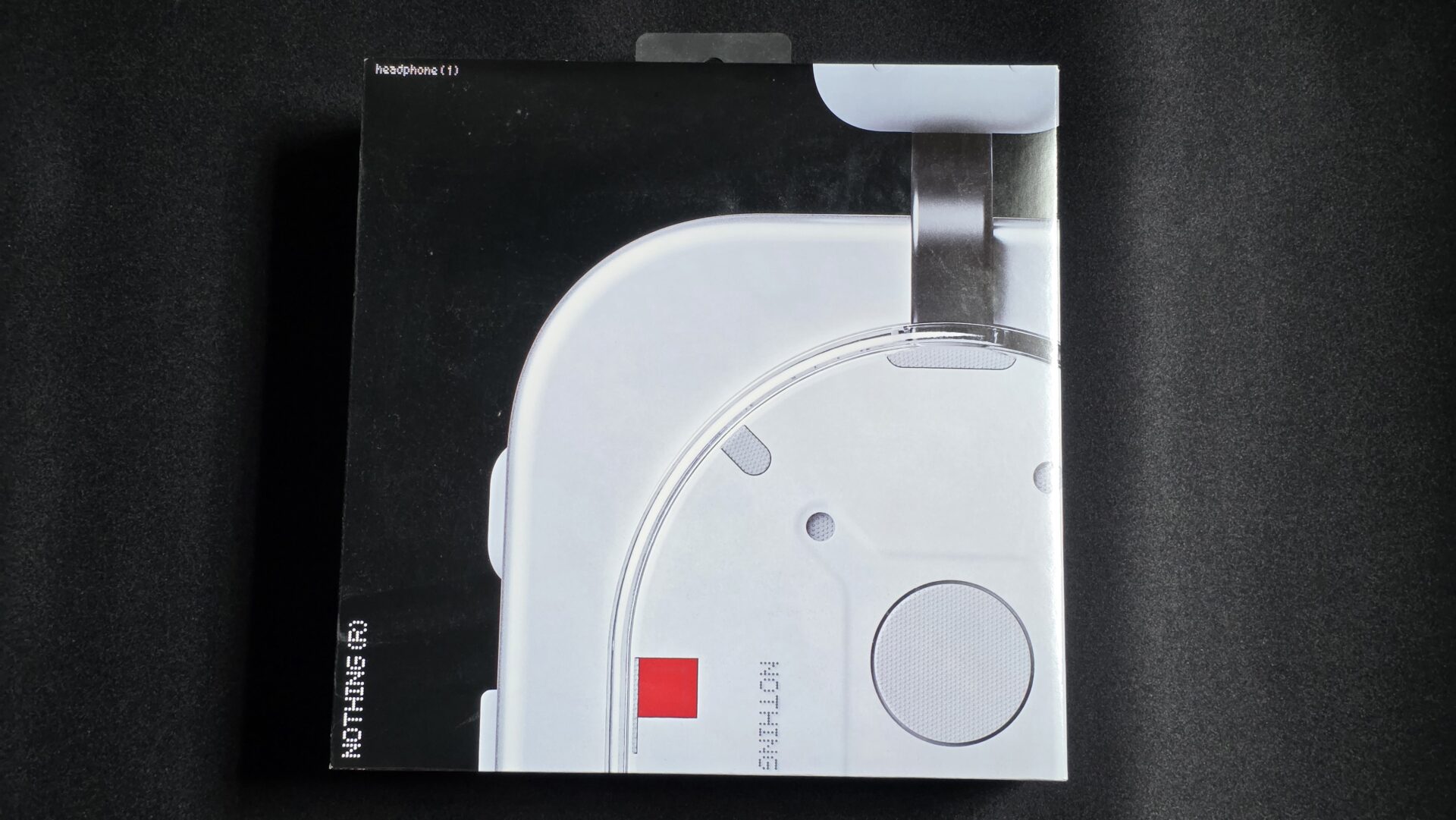
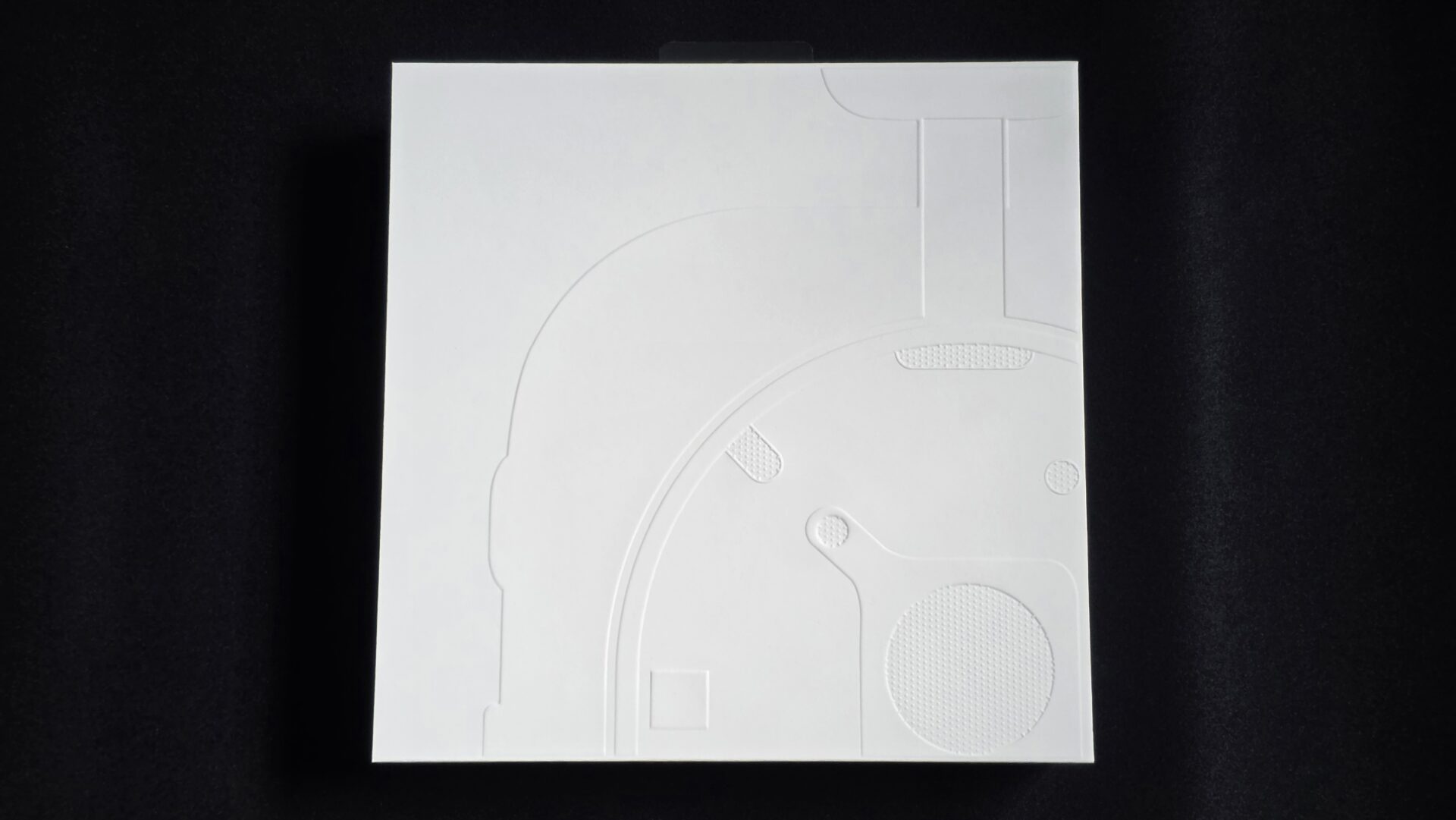
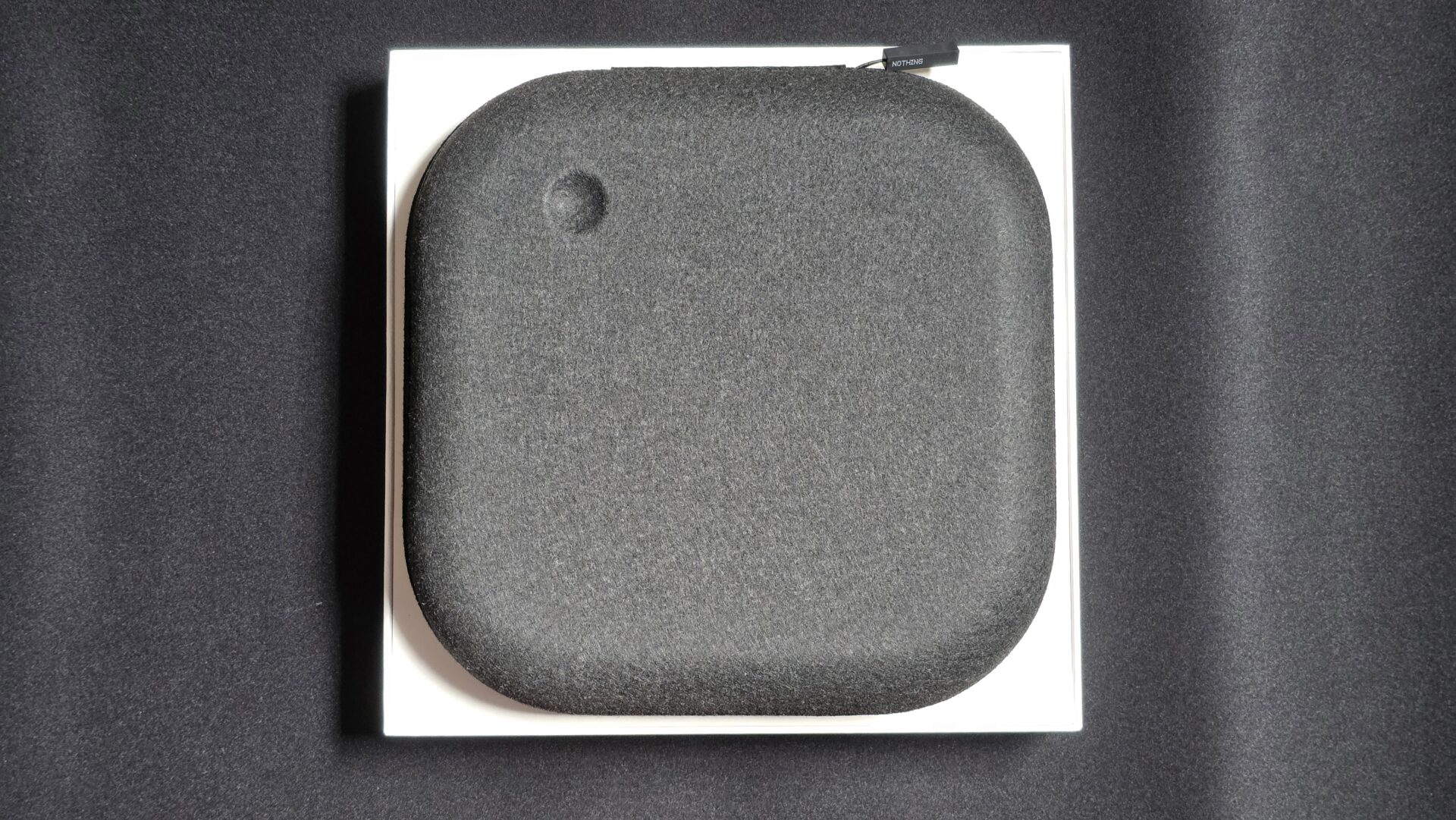
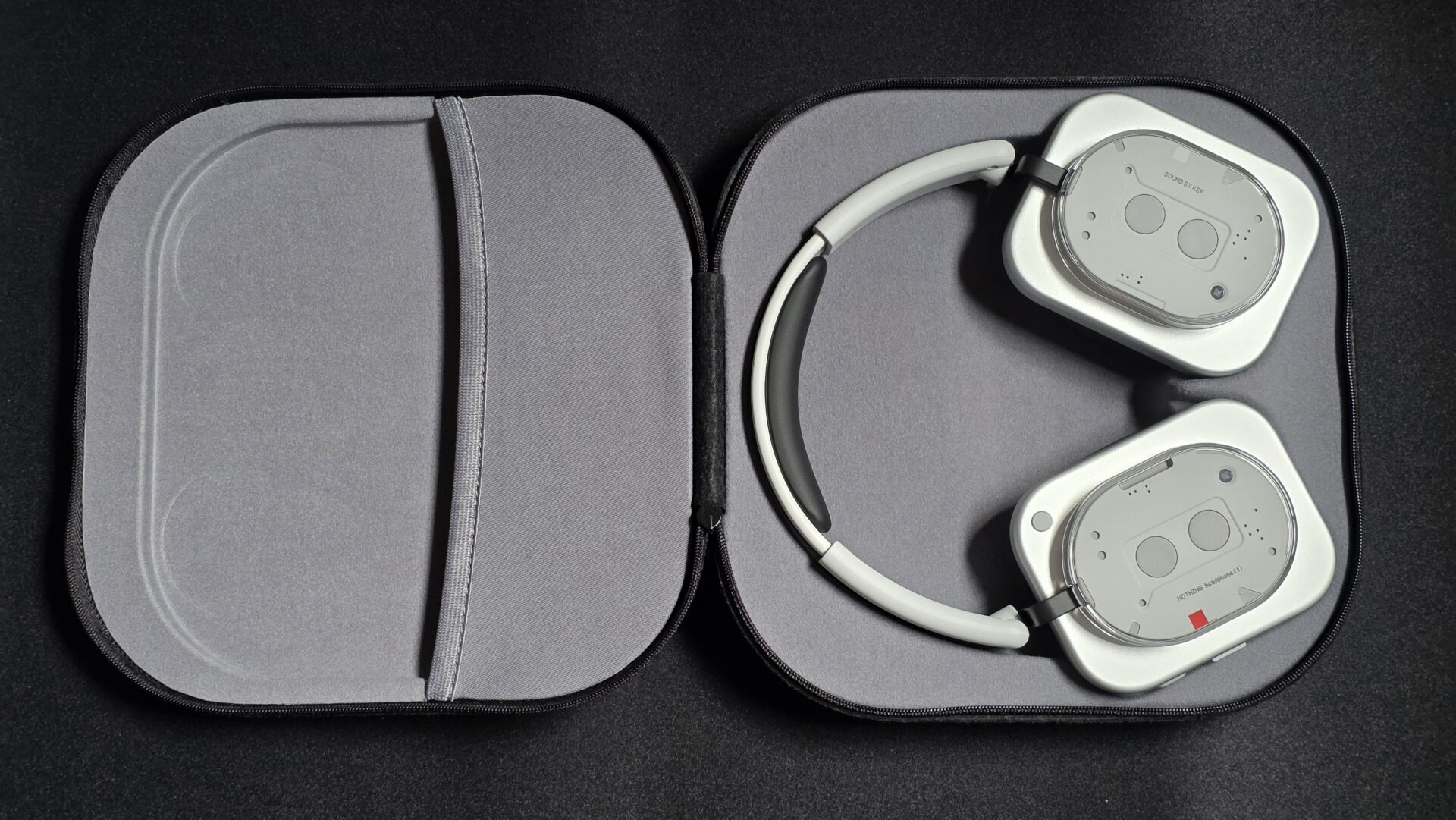
The Nothing Headphone (1) headphones fit right into the comany’s product lineup and design language. A transparent shell bares a monochromatic, circuit-like aesthetic that also looks like a vintage cassette tape. The company uses geometric shapes and symmetry at liberty.
A rounded rectangle contains each earpiece, and the elongated circle is meant to resemble a cassette tape. The rectangular indentation in the middle has two circular buttons (not usable) that resemble tape reels, while the cluster of symmetric holes all over add texture.
I personally like the look of the product, especially how it stands out against other headphones with typically minimalistic appearances.
The Nothing headphones demonstrate thoughtful engineering in their adjustability mechanisms. The adjusters on either side of the headband slide along smoothly without clicks, with just the right amount of resistance to feel premium.
The earcups themselves swivel outward approximately 100 degrees. They allow the headphones to lay completely flat for storage in the included carrying case. The corners of the two rectangular earcups can collide in this position if worn over the neck, however, and the sound of matte metal brushing against each other can be unpleasant.
Size and comfort
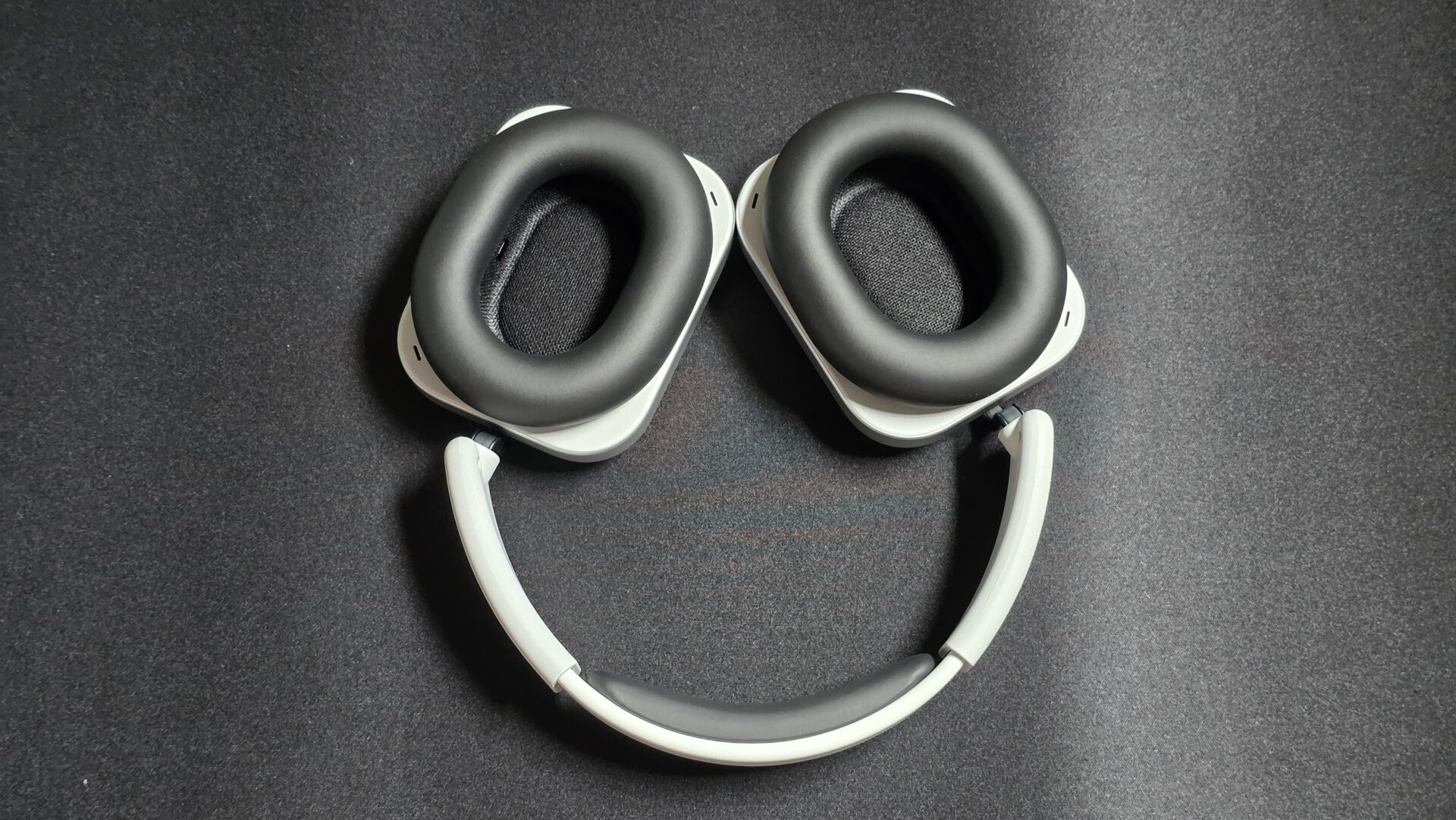
The headphones measure 173.9 x 78 x 189.2 mm and weigh 329g. The cushioned carrying case is a little larger, at 220 x 52 x 220 mm and weighing 264g.
As someone more used to true wireless earbuds, I find the Nothing Headphone (1) clearly weightier. Fortunately, the earpads are comfortable enough. They utilise memory foam construction that create a secure seal, though I think they can be rounder for an even better fit.
The headband features similar memory foam padding, but is covered in leatherette. Here, I think the headband could have done with wider cushions. You can feel the weight of the headphones pressing against the top of your head and wish it is more distributed.
This could also be because the clamping force over my head feels more pronounced than lighter headphones, due to the angular construction of the overhead arm.
Features and Battery Life
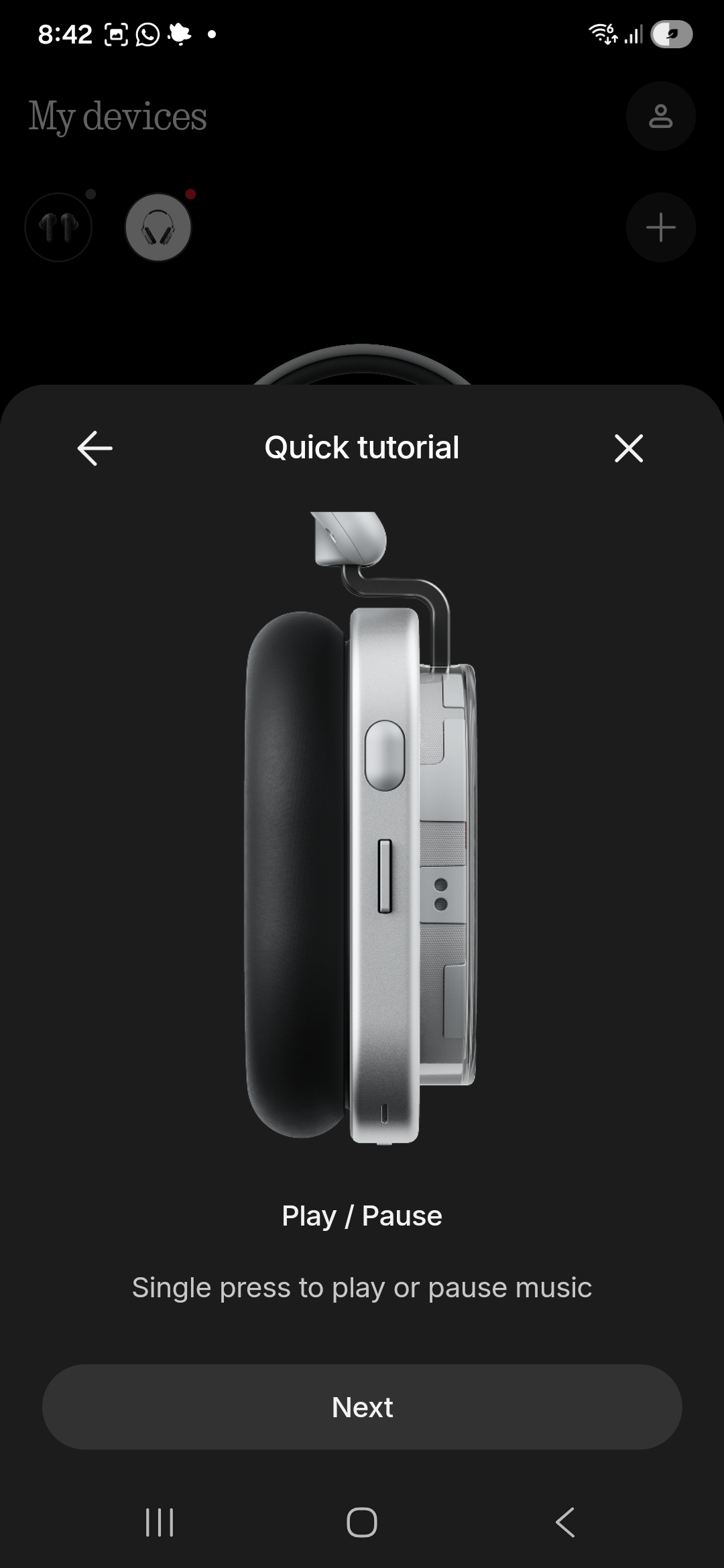
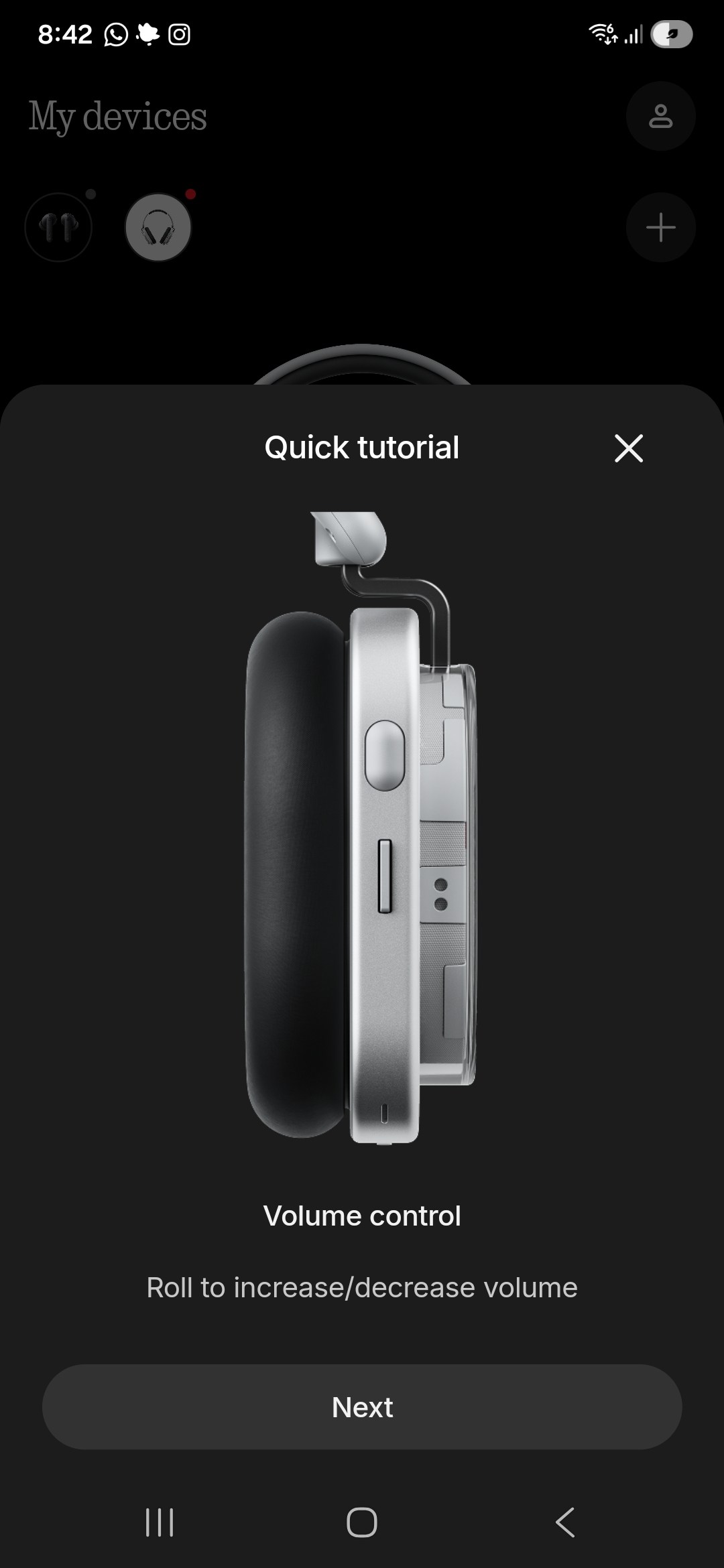
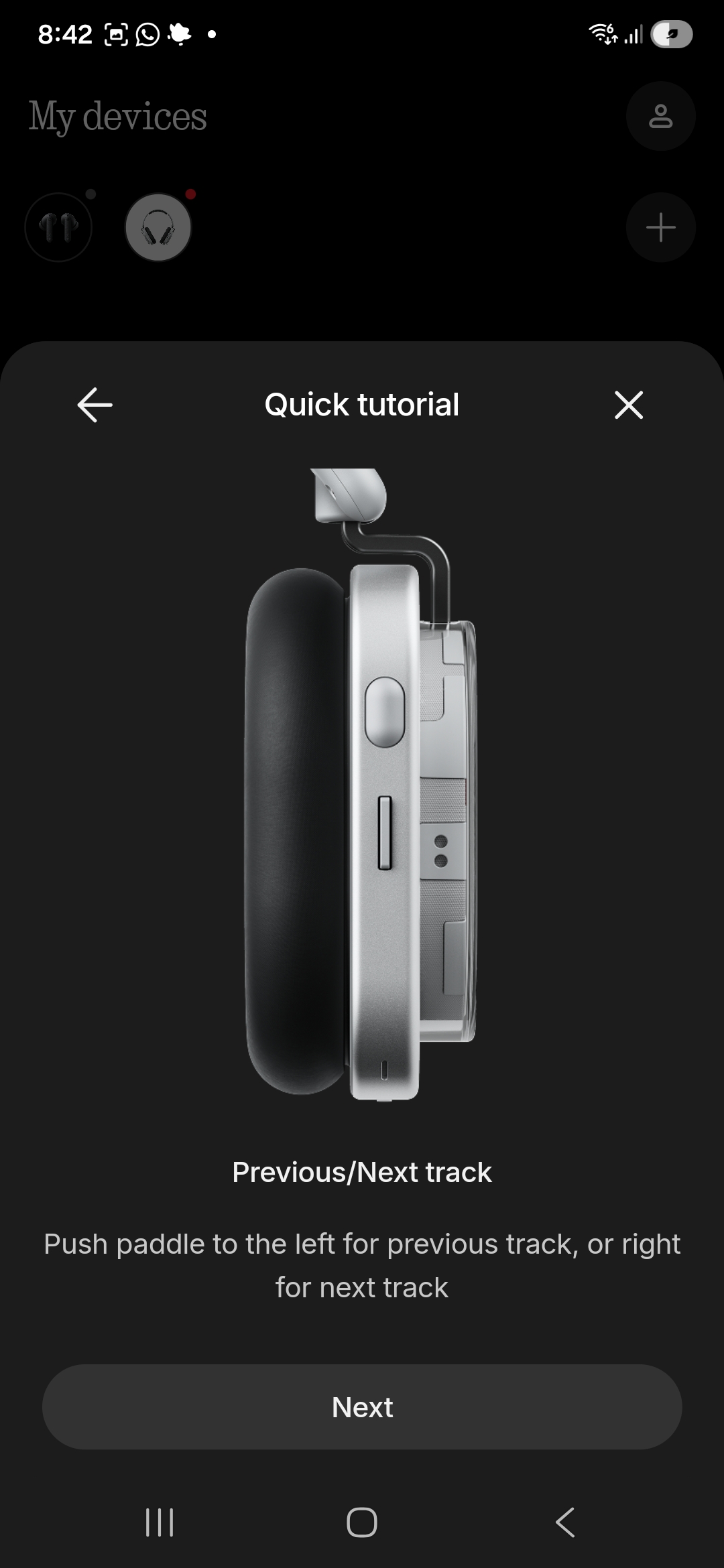
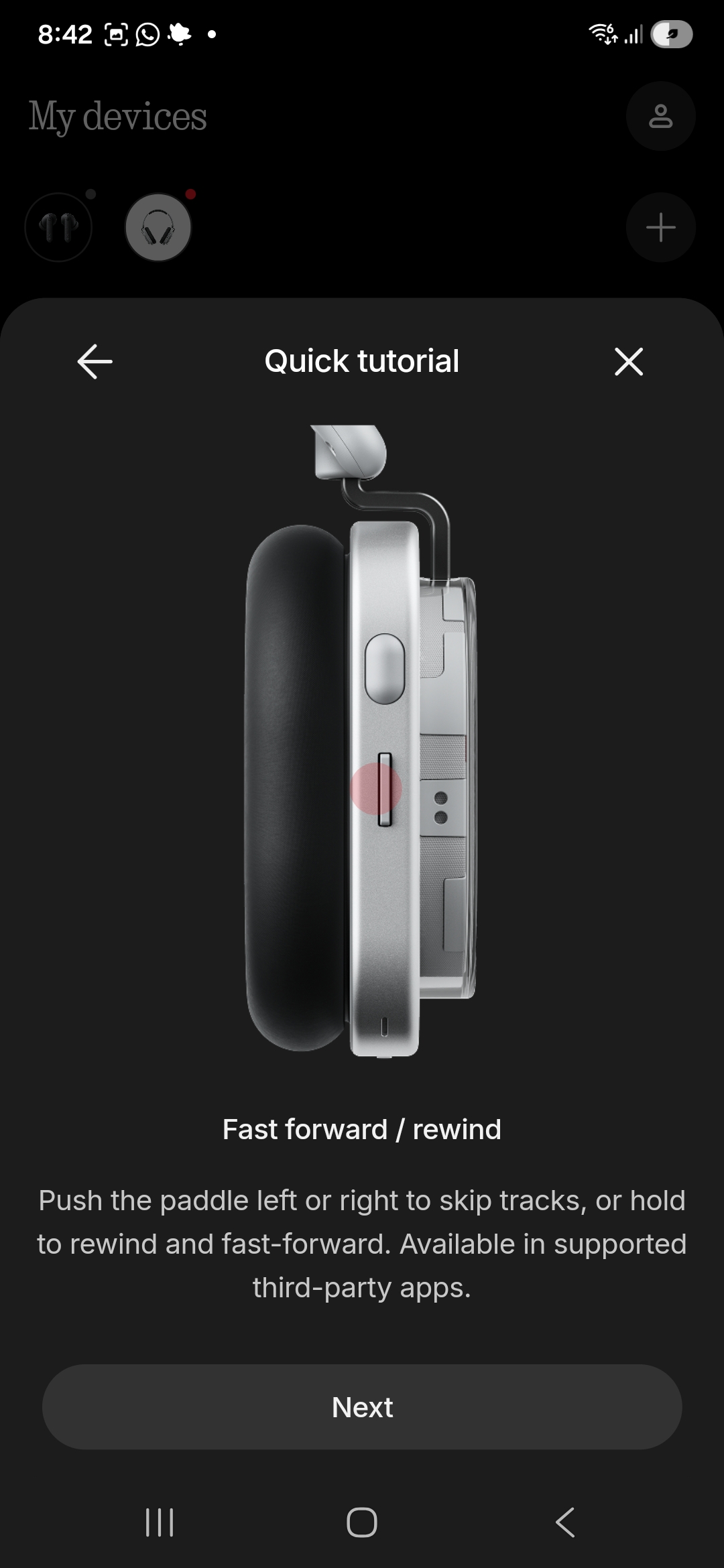
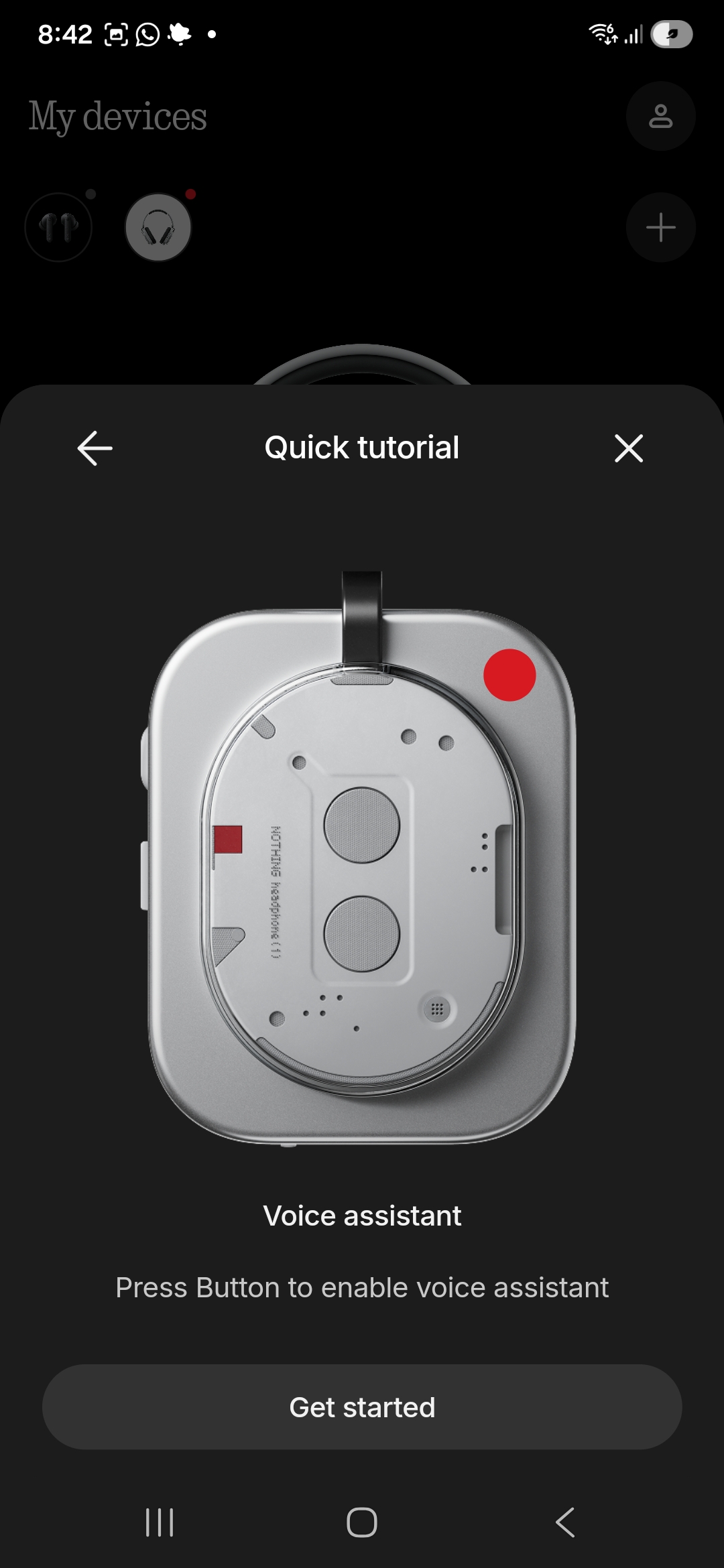
The Nothing Headphone (1) headphones play up the nostalgia theme by doing away with its touch controls as well. All the better, to me. Compared to tap-once-and-guess touch controls, buttons are tactile and get the job done.
The roller on the top of the right headphone can be used for volume control, while the paddle button next to it is for changing tracks. A third button on the front face of the right headphone can be mapped as a shortcut to, say, the voice assistant or to cycle between equaliser modes.
The Nothing Headphone (1) also support 3.5mm and USB-C connections to audio sources, in case you do not intend to use Bluetooth. The USB-C port is also meant for charging.
Nothing claims battery life of 80 hours without active noise cancellation, and 35 hours with them on. I did not time how long it took to exhaust the charge, but I could test the Headphone (1) over five days, on and off, without requiring a recharge.
Listening Experience
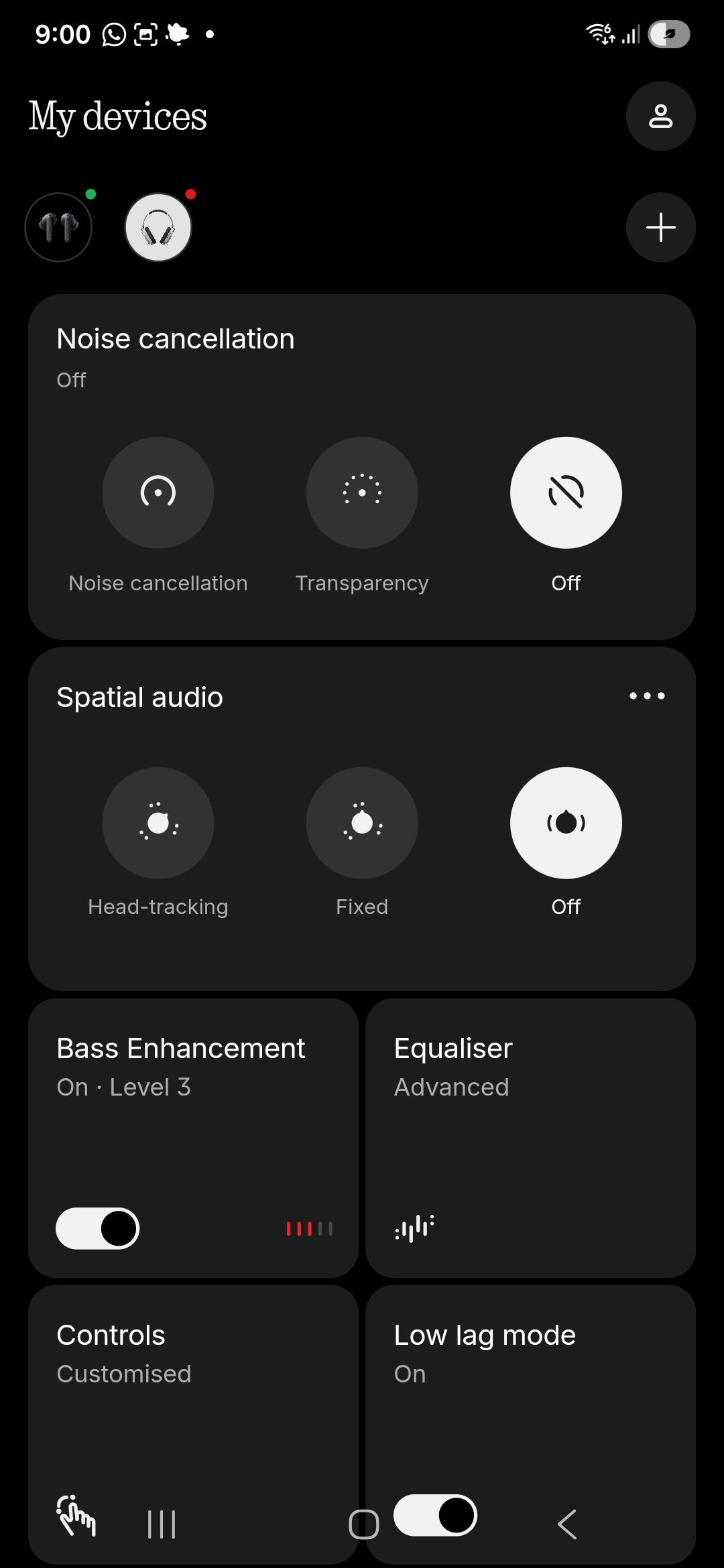
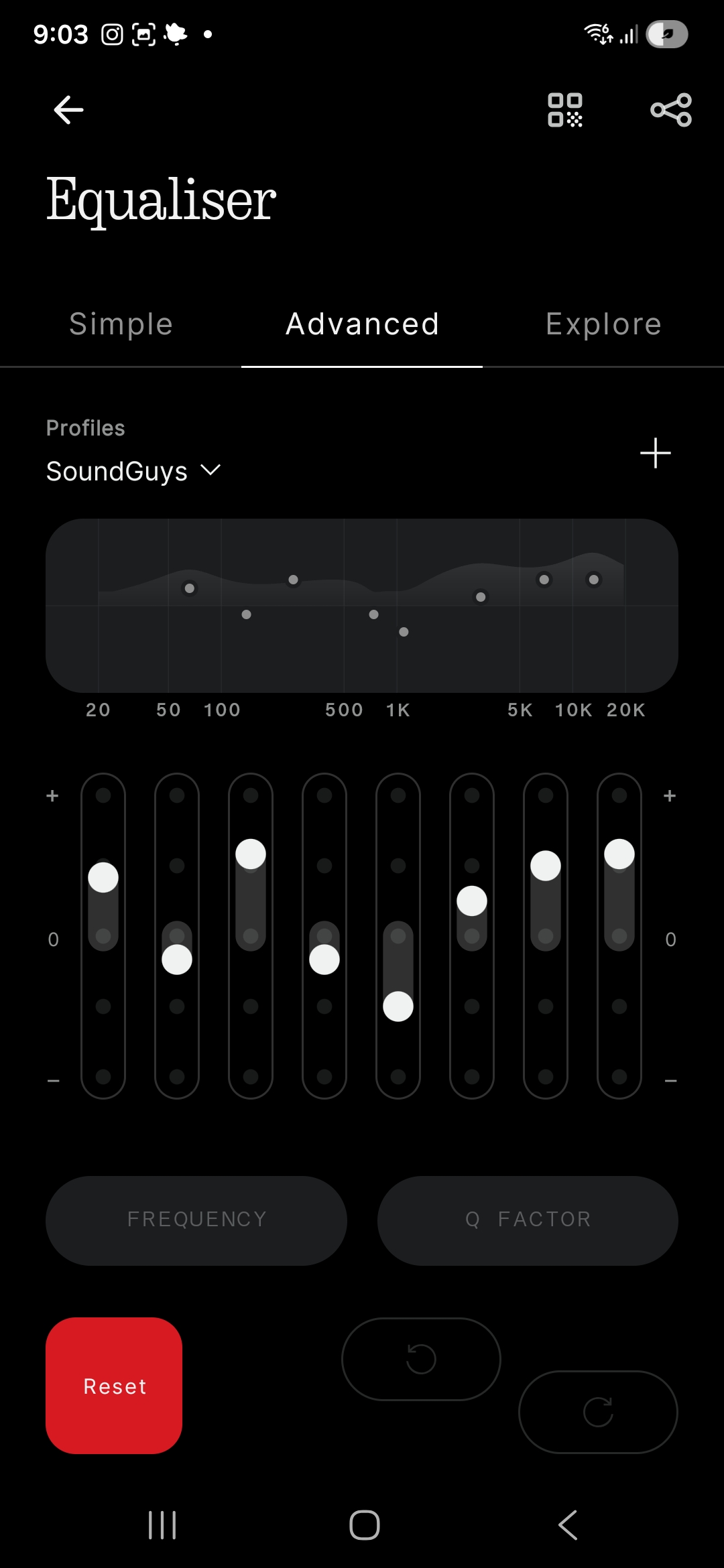
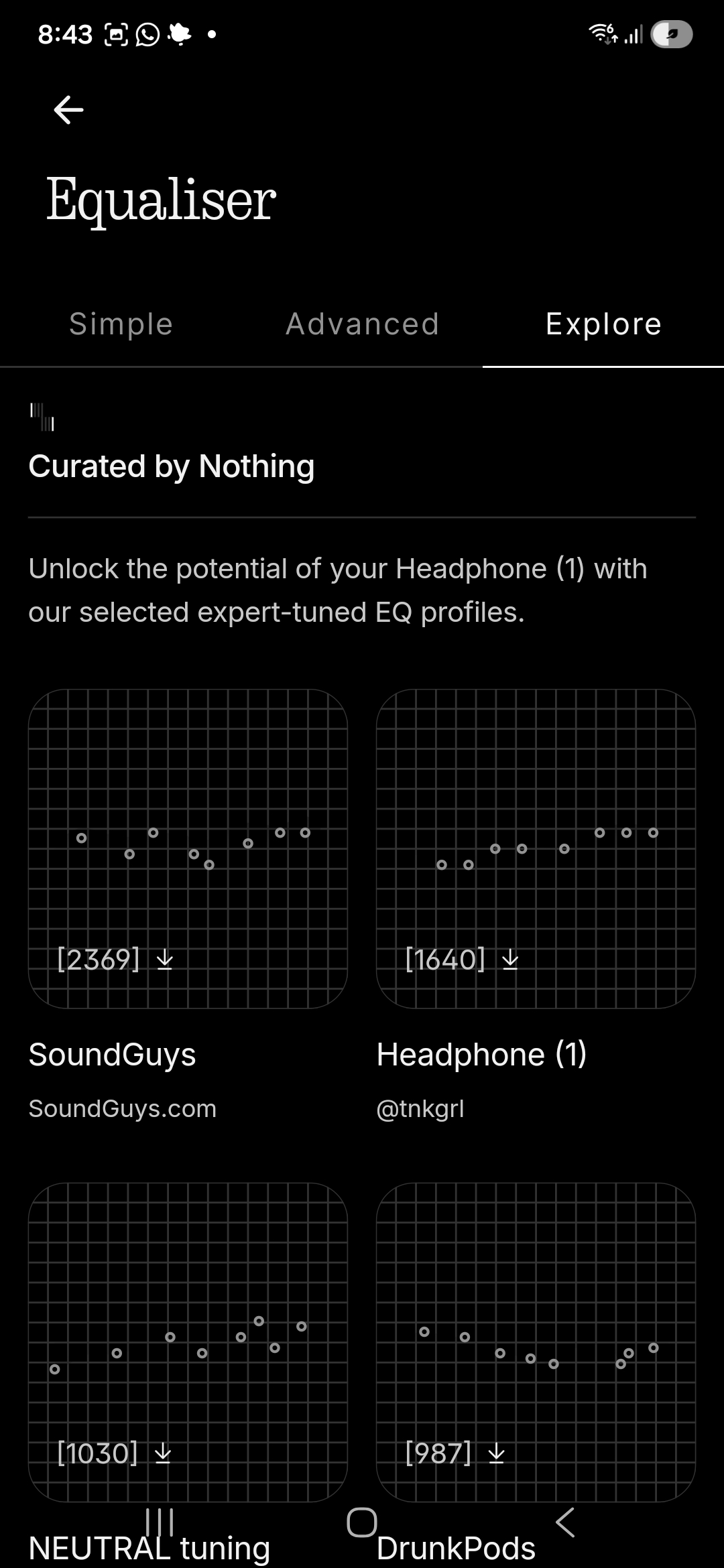
Out of the box, the sound signature feels somewhat flat, with midrange appearing recessed and the overall presentation lacking vibrancy.
Using Nothing’s equalizer makes things better. The eight-band parametric EQ with adjustable Q-factors (or bandwidth) unlocks the headphones’ true potential. On the app, you even get access to curated equaliser settings created by others.
Testing the headphones with bass-heavy tunes like Hailee Steinfeld’s Love Myself, the relentless, churning lows never overwhelmed. The lows carried satisfying weight to complement the entire sound range without sacrificing definition. This means not to expect head thumping bass, but a more rounded experience.
The midrange is where the Nothing Headphone (1) does its best. There is sufficient warmth at the lower midrange with guitars, while the clarity of human voice (or the upper midrange) is always prominent and emphasised. The instrumental separation does not sound mashed, though the soundstage is, naturally, more intimate than the expansive experience of more premium competitors.
As for treble, the Nothing Headphone (1) manage to capture the subtle texture of string instruments with reasonable fidelity, but the prioritisation on the midrange means I can detect a slight roll-off at the uppermost frequencies, making cymbals sound more muted.
Still, Nothing has done well to partner an established audio company to create its first over-ear product, tapping its expertise while boosting consumer confidence.
Calls and noise cancellation
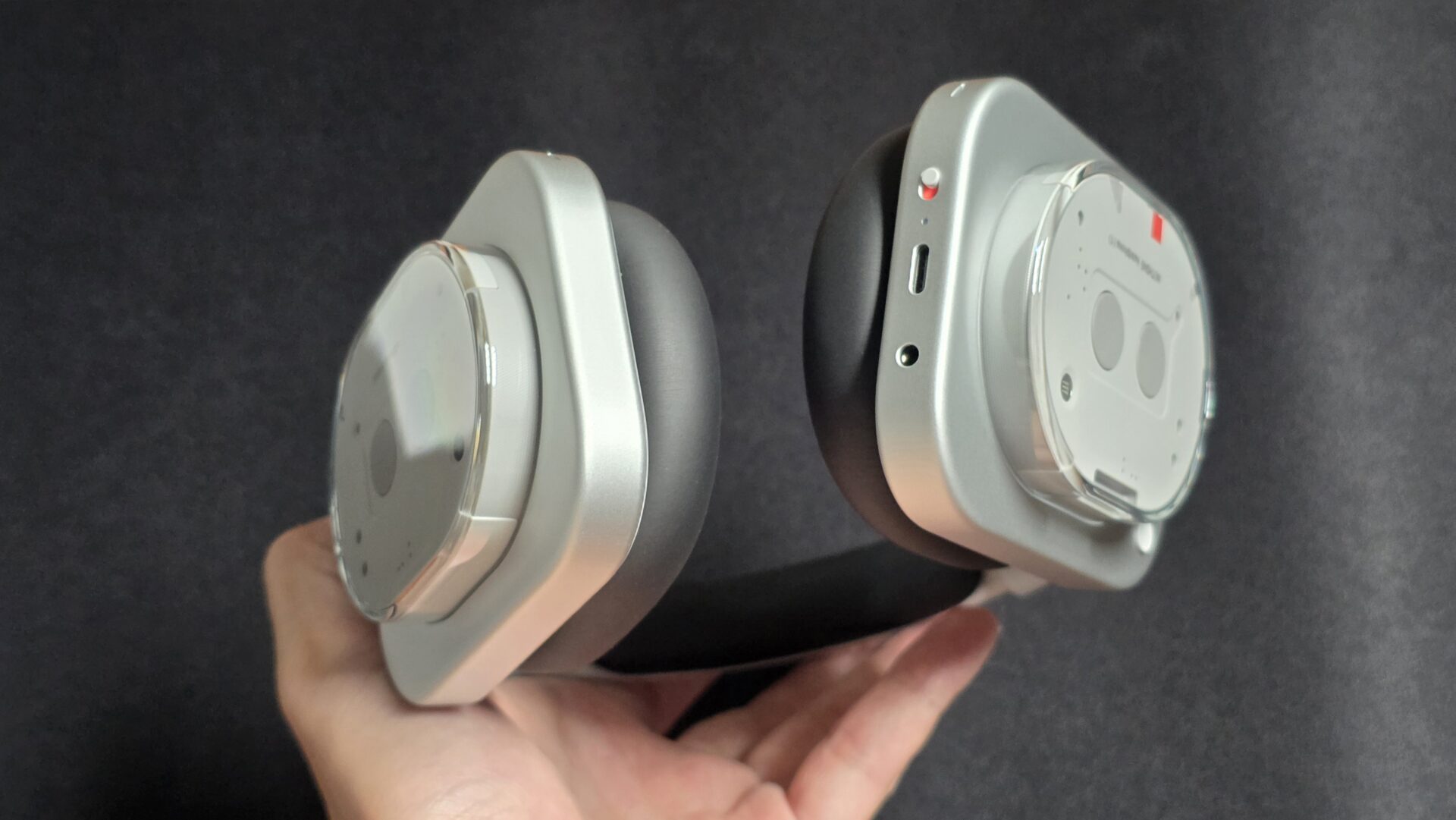
Nothing’s noise cancellation approach are similar to its wireless earbuds. There is a transparency mode, as well as three levels of noise cancellation for listening.
I’ve never been a fan of transparency mode as it often overly amplifies ambient noise in the name of increased spatial awareness. With the Nothing Headphone (1), I turned off noise cancellation and still found the surroundings sufficiently audible, though your mileage may vary.
When it comes to noise cancellation for listening, the adaptive algorithms effectively suppress consistent low-frequency rumble from air conditioning units and traffic, while higher-frequency sounds like conversations require stronger settings to achieve meaningful reduction.
Noise cancellation for spoken voice is more than decent, though not market leading. I found this whenseated in the open-air area of a cafe near a traffic junction at Bugis one cool post-rain weekday. There were vehicles starting and stopping, but those I conversed with on the other end let me know they could hear me with just a bit of muffling.
Conclusion
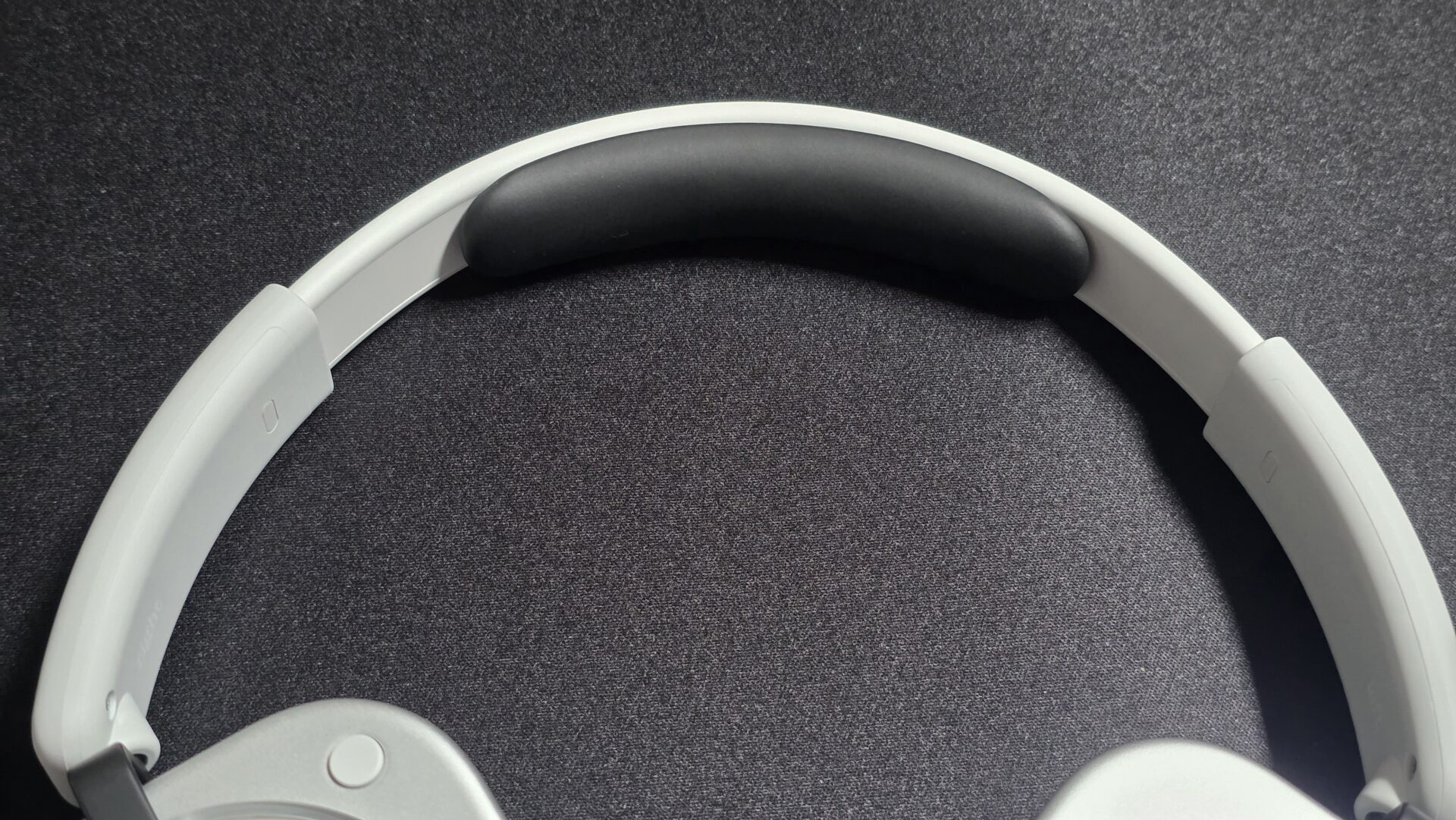
The Headphone (1) represents Nothing’s ambitious debut in the over-ear market. The design has a nostalgic yet futuristic appeal that may polarise opinions but commands attention.
The KEF partnership delivers genuine audio engineering competence with satisfying performance from low to high frequencies. There’s an emphasis on the midrange and especially in the presentation of vocals.
At S$399, these headphones occupy a price bracket just below the best of best from the likes of Sennheiser and Sony. While the Nothing package impresses with a standout design, IP52 rating, exceptional battery life, and good sound, I wish that the headphones are a little more comfortable to wear.

